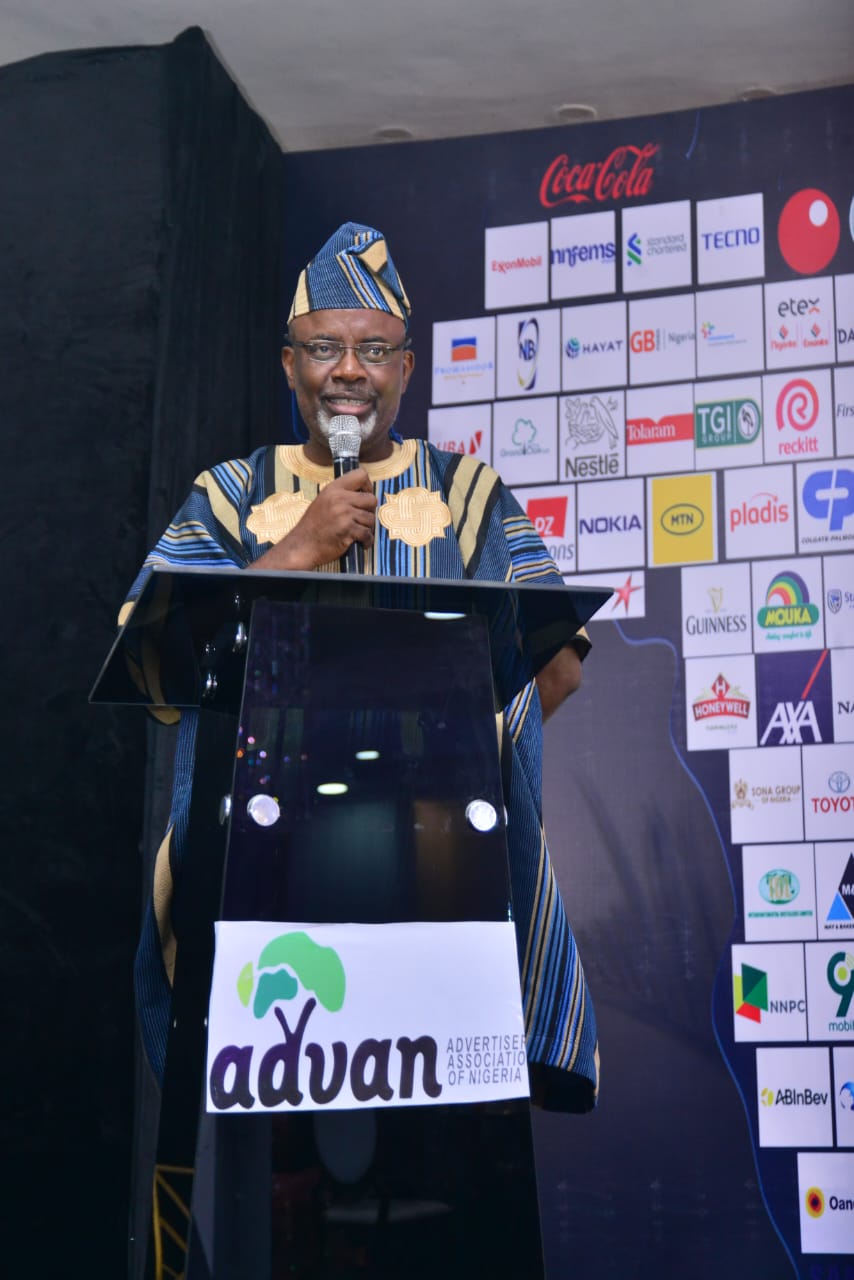Marketers are learning the hard way in this age of endless scrolling and dwindling attention spans: attention is earned, not purchased. Bigger finances or more spectacular production are no longer the keys to earning it. It’s something more basic, old, and fundamentally human: Storytelling.
However, not in the conventional way. Modern storytelling transcends traditional formats like 30-second TV spots or five-minute brand films. At times, a narrative unfolds in just a single line, a continuous loop, or within the initial three seconds of a post.
Step into the era of micro-storytelling, a world where each swipe is a challenge, and every brand is merely a tap away from fading into obscurity.
Why Micro-Stories Matter More Now
Disrelevance, not advertisements, bothers consumers. Scroll-first individuals don’t actively seek brands. They want meaning, joy, recognition, or surprise. They leave quicker if you don’t provide it.
The shift is clear:
- Old rule: Buy attention.
- New rule: Only when your message suits their moments will they buy in.
That’s why snackable, emotional narrative beats polished, generic content. People can smell sincerity in three seconds.
The Science Behind a Good Scroll-Stopper
Our minds are hardwired for story. A well-told mini-story illuminates areas of empathy, memory, and emotion much more effectively than statistics or sales jargon ever could.
What works:
- A conflict or contradiction (“What you ordered vs. What you got”).
- A relevant hook (“Every Nigerian who has been stuck in Lagos traffic…”).
- A reward or feeling that relieves tension—laughter, reminiscence, or truth.
It does not have to be cinematic. It must be genuine.
Brands Doing It Well
- Zikoko Memes are short, shareable narratives about Nigeria told using a single picture and a single statement.
- Showing “a day in the life” of a small company helps to develop trust and connection, rather than just items.
- Spotify Wrapped transforms your data into a narrative, one that you are eager to share with the world.
You can get by without a huge campaign. A gut feeling for a story is essential.
What Marketers Should Do Next
When you think, don’t just think about words. Ask: What does this 10-second clip do to make you feel?
- Make it your own: Tell stories to show your viewers that you see them, not just want to target them.
- Stick to it: Your story is not just one post; it’s the line that runs through all your accounts.
- Don’t try to go popular: Look for the link. More than 10,000 people may see something because of a strong statement.
In a noisy feed, telling stories turns up the noise. You get your point across not by screaming more, but by saying something that sticks.
So, before you post, ask yourself: Is this a story that will make them feel something, or is it just another swipe that they’ll forget?
ALSO WATCH MARKETING EDGE ONTV








Comment
No comments found.